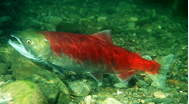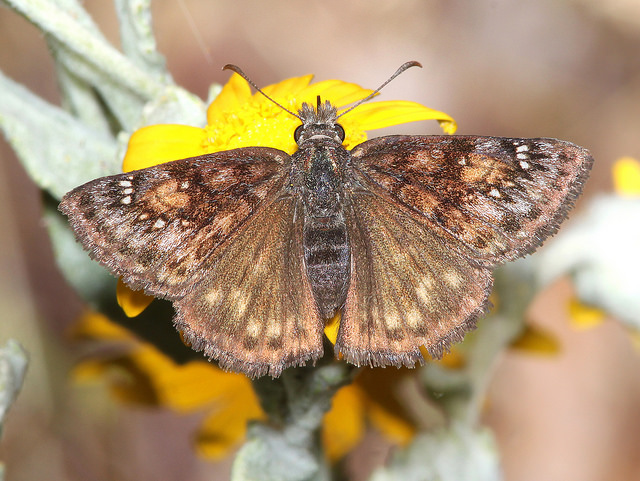British Columbia is home to a spectacular array of wildlife. Pacific salmon, our provincial fishes, are one well known example, but all is not well with some populations. The sockeye salmon in Sakinaw Lake on the Sechelt Peninsula, is a genetically-distinct population known for its early run-timing and extended lake residence of adults before spawning. This population, which used to number in the thousands now has no wild spawners and managers are hoping to restore the population with a hatchery program. The Sakinaw Lake population was just re-assessed as Endangered by the Committee on the Status of Endangered Wildlife in Canada (COSEWIC) at its recent meeting in Kelowna, BC (April 24-29th, 2016). Eleven wildlife species found in BC (including eight whose Canadian distribution is restricted to BC) were assessed at this meeting.

A female sockeye salmon, Oncorhynchus nerka. Photo by E.R. Keeley.
The Canadian Species at Risk Act officially recognized COSEWIC as the arms-length advisory body that is responsible for assessing the status of species in Canada and providing recommendations on which species are Endangered, Threatened or Special Concern, and identifying existing and potential threats to the species. The Committee bases its assessments on the best available scientific, community and Aboriginal Traditional knowledge for each species.

Duskywing. Photo by Flickr user Alan Schmierer.
Another species on the edge of being declared as extinct in Canada is the Eastern Persius Duskywing, one of several butterflies that depend on lupine flowers as host plants in its southern Ontario range. Despite exhaustive searches and some habitat restoration, the Duskywing was re-assessed as Endangered and has likely been lost from Canada.
Since assessments began in 1978, COSEWIC has examined 739 species that occur in Canada with 209 assessed as Special Concern, 172 have been given a Threatened status, 320 are considered Endangered, 23 are Extirpated (no longer found in Canada), and 15 have been declared as Extinct globally.
The assessments by COSEWIC are conducted twice per year and you can read the results of each assessment HERE.
